What’s Next for the Workplace?
Designing for a new way of working
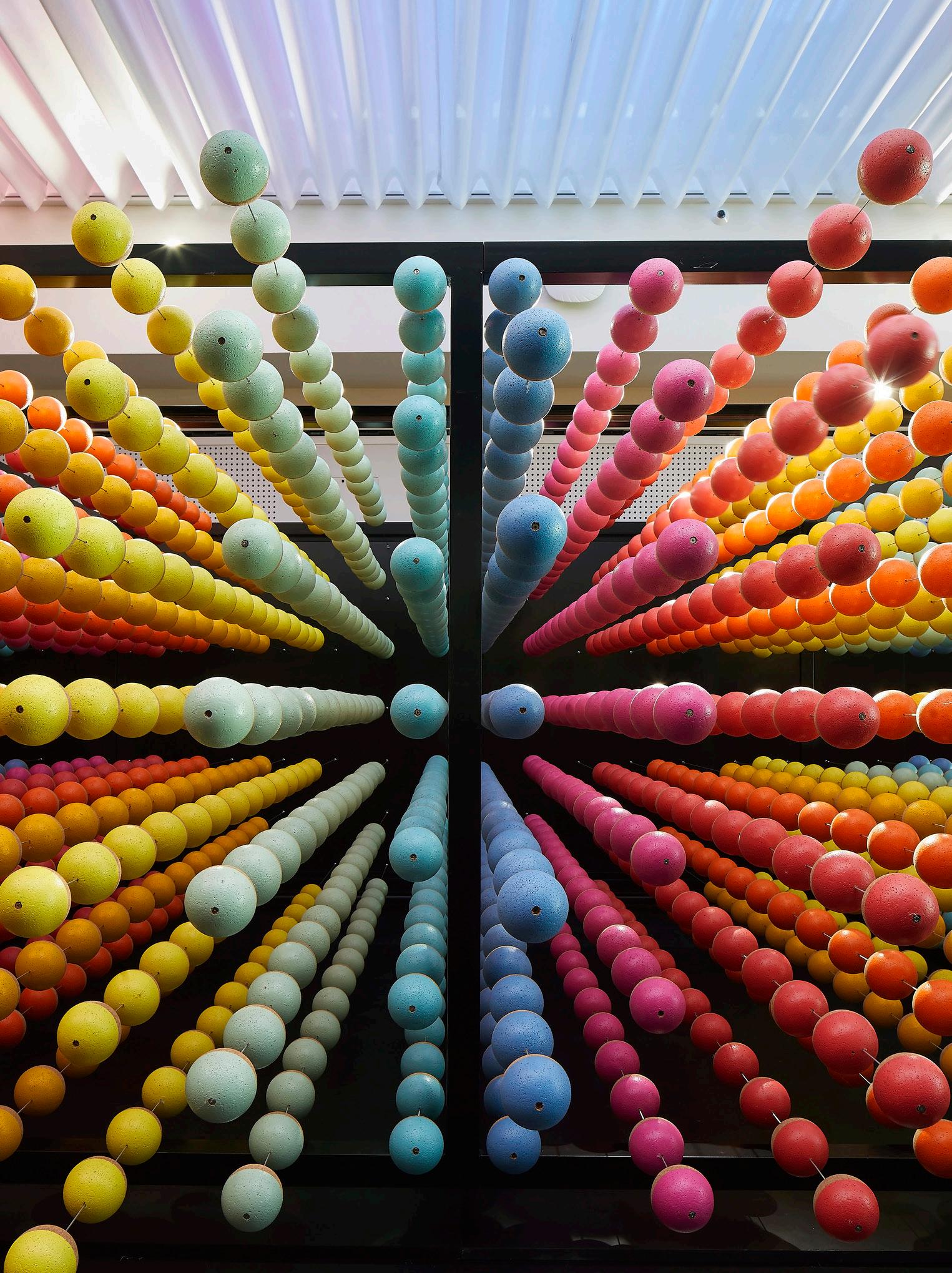
April 2024

IL
UK
For most of the last century, work was a place to go to. Now, work is something that gets done: at offices, at home, at coffee shops, even in transit. While some workplaces, particularly in the financial sector, still bring employees into the office daily, many more are evolving into new models with a central office and hybrid or fully remote employees.
This is a fundamental shift in how we think about and experience work. Our clients are catching up to the demand for seamless hybrid communication and, at the same time, exploring ways to get employees to make the commute. Flexibility and choice, both in schedule and in furnishings, are in high demand. We see a turning away
from harshly-lit, banal bunkers and toward sunlight and fresh air and, with ESG goals and increased investor and consumer demand, an expansion of our definition of sustainability to include environmental and social impacts of our buildings. Work happens everywhere, and workers are seeking ways to engage with each other and with their communities.
So, what does this all mean for workplace design? Here, our practice leaders offer their observations and design strategies. More than anything, the workplace of the future is a place of connection. What we’re designing now is more than an office: we’re designing a way of working that supports our businesses, our people, and our planet.
↑
Cover
TikTok London,
Confidential Consumer Goods Client, Chicago,
& Image Right:
2
Designing for a new way of working
Here are the top questions our clients are asking:
• What will draw people to the workplace?
• What should we invest in?
• How do we make decisions?
• What makes an inclusive workplace?
• How will we know if it’s working?
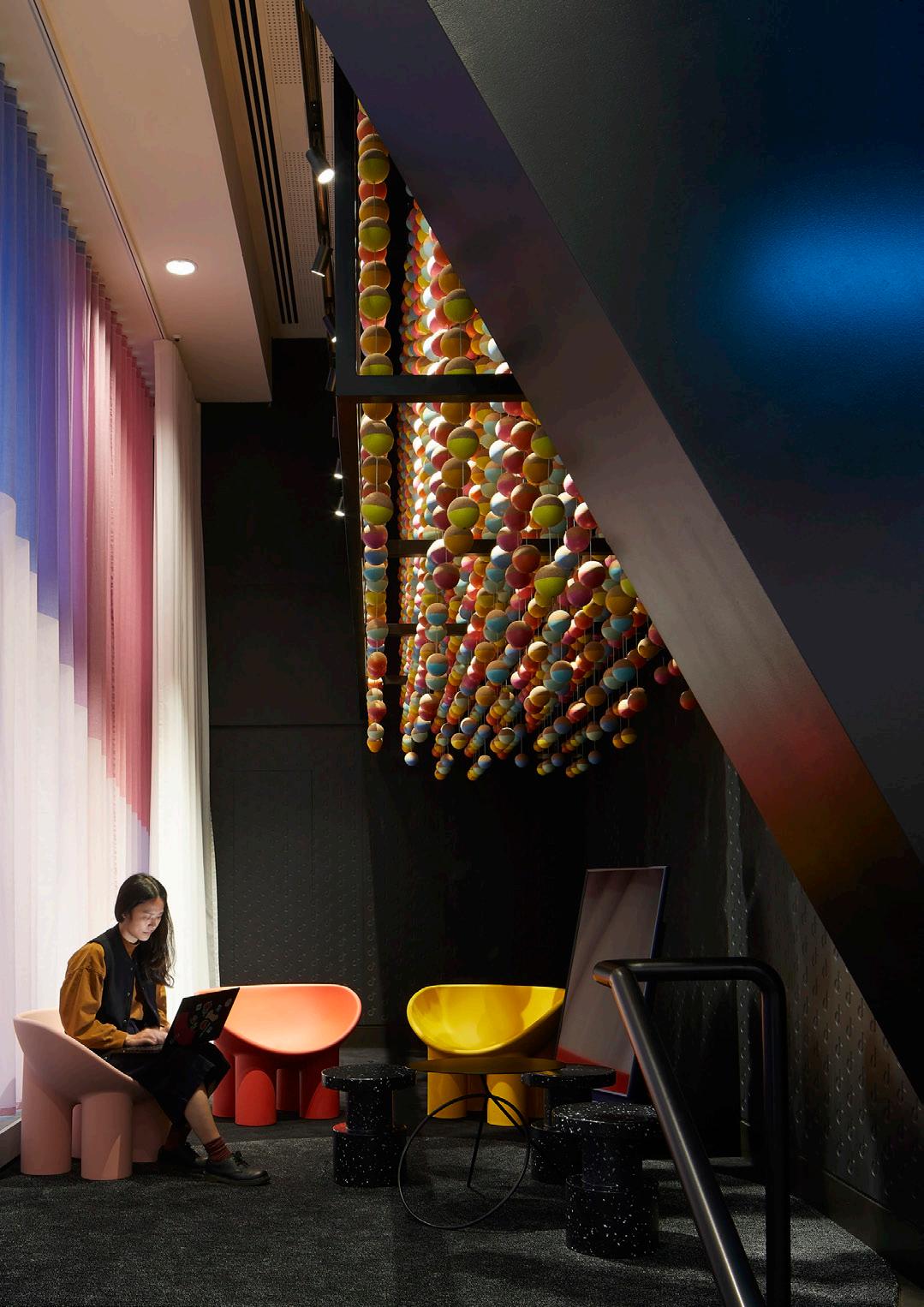
“There’s this convergence of technological advances, hybrid working, changing workforce demographics, environmental concerns, and consumer expectations that has created a catalyst for reimagining the workplace.”
STEPHEN LENZ (PLANNING & STRATEGIES PRACTICE LEADER, CHICAGO)
3
 Image: Confidential Gaming Company, Vancouver, CA
Image: Confidential Gaming Company, Vancouver, CA
What will draw people to the workplace?
Hybrid work means that many more employees now have the corner office in their own home. In many sectors, working from home has given people the opportunity to design their ideal workspace with temperature, technology, acoustics, and privacy all calibrated for maximum productivity and comfort. So why make the commute?
In a world of remote work and digital technologies, the new workplace is about something fundamental: human connection. To compete with home offices and alternative workspaces like coffee shops and co-working spaces, the workplace has to offer a uniquely valuable experience: a combination of basics, buzz, and brand.
Basics
The basics are the baseline tools, like strong Wi-Fi or a meeting room, that your employees need to do a given task well. Simple design factors, like a place to store a purse, to take a private call, and to get a cup of coffee are essential for creating a sense of orientation and security. Acoustics and temperature also fall into this category. If the connection drops, if it’s too hot or too cold, or if there’s no space for private work, recharging, or conversations, people will stay home –mandates or no.
Buzz
The buzz is the energy of coming together with other people. From team meetings to chance conversations with a colleague, the successful workplace provides opportunities for collaboration, learning, and mentorship. Design approaches in this category address how people interact and learn from each other and might include flexible furniture, spaces for formal and informal gathering, and spaces for learning. Buzz is what shifts the workplace from “have to go to work” to “get to go to work.”
“You need
the Wi-Fi, you need the plug-and-play. But you also need a vibrancy, a buzz, an atmosphere.”
NATALIE SMITH (PLANNING & STRATEGIES PRACTICE LEADER, LONDON)
Brand
The brand is the particular experience of your company and culture as expressed in the built environment. Signage, art, technology, materials selection, how people move through the space – all of these factors work together to inspire experiences and emotions unique to your organization.
5
What should we invest in?
With rising building costs and increased investor and consumer demand for environmental and social responsibility (ESG), clients are asking where their money is best spent. A catchphrase in the construction industry today is the “triple bottom line”, which expands the bottom line to include profit, people, and planet. This approach guides spending towards efforts with the highest return on investment for business profitability, employee well-being and satisfaction, and environmental impact. These efforts are mutually supportive: after all, an energy-efficient building that improves employee well-being and retention also boosts the success of the enterprise.
With that in mind, here are our strategies for smart spending:
Invest in your mission.
Profit is not just a financial metric. What drives your business? What are your goals and values? What are your growth objectives? What are the behaviors and activities that support your success?
“The more we can get a client to talk about their vision or mission, to talk about the behaviors they see supporting the success of their organization, the better we can shape the context for those behaviors.”
JOE CONNELL (WORKPLACE PRACTICE LEADER, CHICAGO)
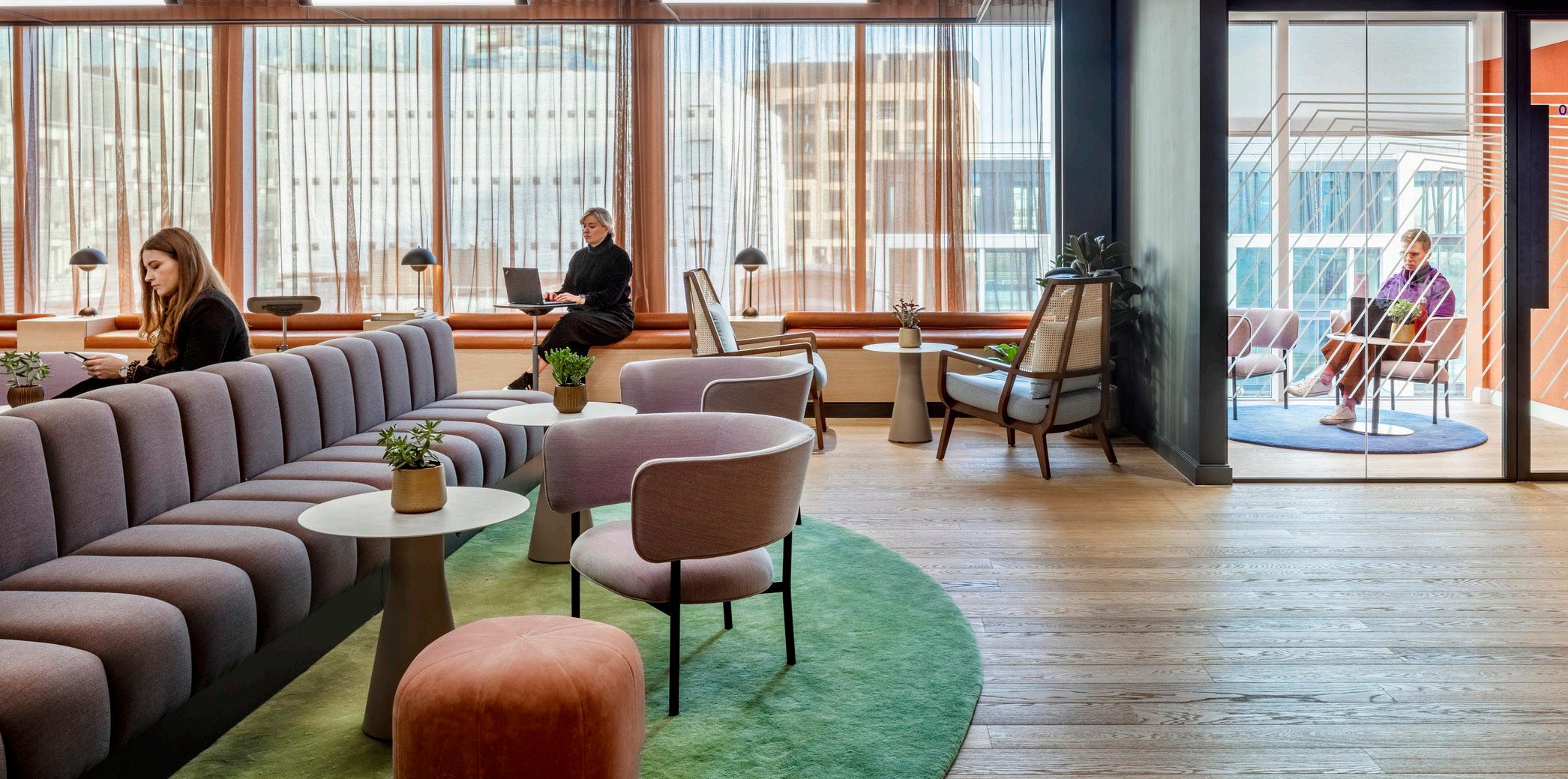
6
Invest in your people.
To attract and retain the best and brightest, invest in a workplace that supports the health and wellbeing of your employees.
Invest in technology, spaces, and systems that support learning and innovation. Invest in training for facilities staff to operate the building to its maximum potential.
Invest in new workplace roles that will carry a building from occupied to enlivened: curators who keep public spaces fresh and engaging, and concierges who—like their counterparts in hospitality—keep employees and clients informed and connected, make introductions and reservations, and arrange spaces to accommodate new uses.
And invest in your local community, whether through spending, events, or workforce training.
“Investing in technology, spaces, and a culture that work together to increase and enhance individuals’ learning opportunities shows a company’s commitment to professional development and growth. Furthermore, it sparks a culture of constant transformation and innovation -- which is what top talent thrives on.”
LINZI CASSELS (GLOBAL INTERIORS DESIGN DIRECTOR, LONDON)
Invest in nature.
Designing with the environment in mind pays big returns. By integrating sustainable design concepts into the design phase, we can identify opportunities for efficiencies in energy consumption, carbon impact, and material use. Resource-efficient design increases the value of your investment and reduces operations and maintenance costs, while biophilic design is proven to enhance health and well-being.
In interiors, we’re seeing a new aesthetic begin to emerge, one that’s focused on quality and longevity rather than quantity and trend. By considering the replacement cycles of our interior furnishings and fit-outs, eliminating harmful chemicals, glues, and unnecessary materials, and paying careful attention to supply chains and waste streams, we can make stunning interiors that have a positive impact all down the line.
“The new status is purpose and thoughtfulness rather than opulence or expense or leisure. It’s design with dignity.”
TIM WOLFE (GLOBAL INTERIORS DESIGN DIRECTOR, CHICAGO)
Image: Cognizant, London, UK
7
How do we make decisions?
Our Living Design Principles:
Poetics & Beauty: Design that is beautiful to behold and fills people with a sense of wonder and joy.
Conceptual Clarity: A clear, coherent, and recognizable concept that anchors the creative expression of a project.
Research & Innovation: Exploration and discovery that lead to new knowledge, pushing beyond the limitations of today to solve the most complex problems of tomorrow.
Technology & Tectonics: The seamless assembly of the many disparate parts of a built environment into a cohesive, elegant, and well-crafted place.
Community & Inclusion: Design that addresses the fundamental human need for inclusion by fostering a sense of belonging, no matter one’s social or economic circumstances.
Resilience & Regeneration: Solutions that rehabilitate and regenerate entire ecosystems—a must in a rapidly changing world with finite resources.
Health & Well-Being: Design that promotes physical, mental, emotional, and social vitality for life in all its many forms, resulting in a thriving and diverse ecosystem.
“Data is the antidote to bias.”
LISA POOL (GLOBAL PRACTICE LEADER—PLANNING & STRATEGIES, MINNEAPOLIS)
Good design, like good business, requires countless decisions. Here are our strategies for informing confident decision-making:
We start by identifying project goals and objectives: What do you want to achieve? What indicators are we measuring for? From sensors to surveys, we believe in human-centered data, and we invest significant design time into exploring the context and culture of each business. The C-suite knows what the business needs. The break room knows what the culture needs. The operations team knows what the building needs. Then, we look at the project from multiple angles. Our holistic Living Design process looks at each project using seven key principles, each tied to key performance indicators that assess qualitative or performance-based impact. Using advanced analytical tools for measuring energy use, daylighting, and comfort, we inform critical design decisions with cost and performance data. And our visualization tools bring our clients into the design process from the beginning, allowing them to experience and co-create the space as it evolves. Together, we can create a project tailored both to the reality of each workplace and to its best future.
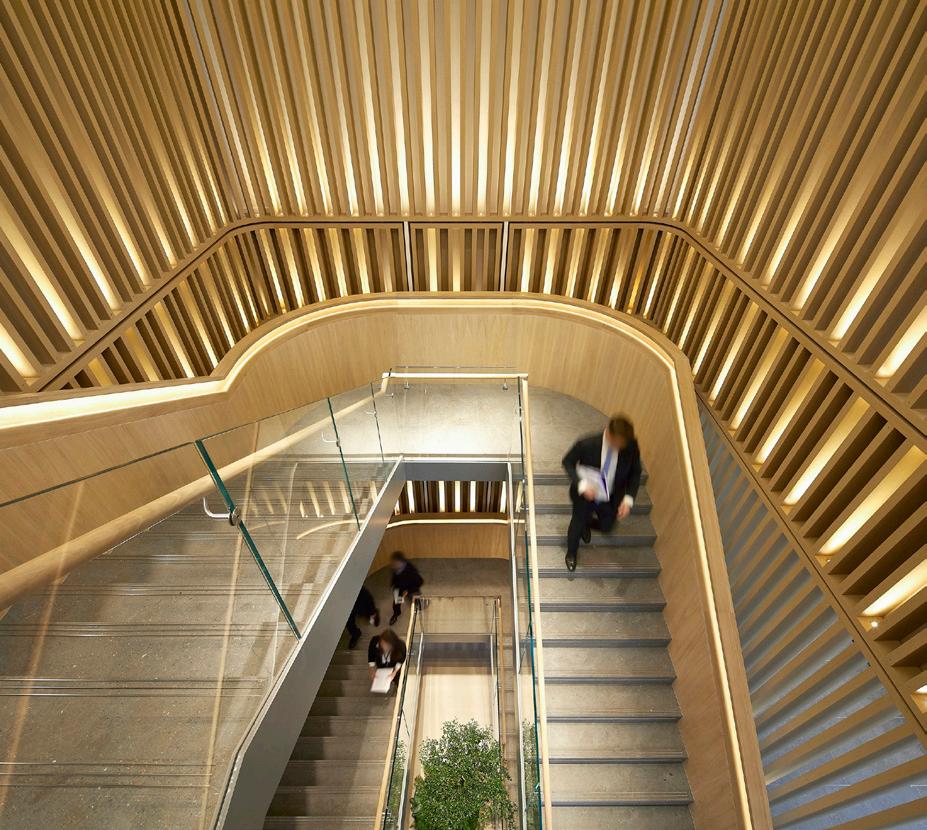
Image Left: Confidential Financial Client, London, UK Image Right: Confidential Technology Client, Atlanta, GA 8
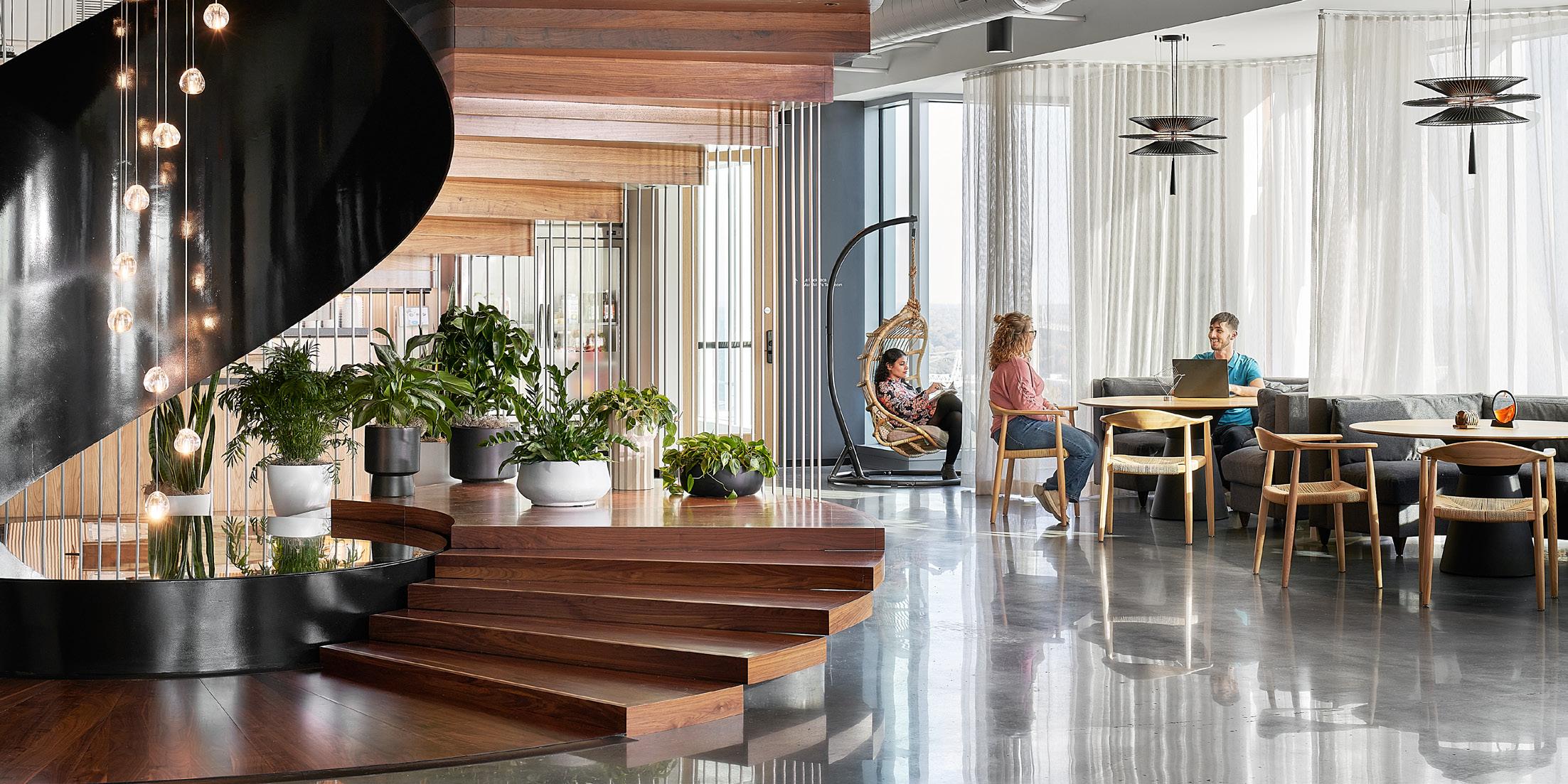
What makes an inclusive workplace?
“What do owners get out of it? Simply put, they get a better design, improved business, and a richer work experience.”
GABRIELLE BULLOCK (DIRECTOR OF GLOBAL DIVERSITY, LOS ANGELES)
“Epidemiological data shows that whether you’re a taxi driver or a CEO, the more control you have about where, when, and how you work, the healthier you are.”
LEIGH
STRINGER (DIRECTOR OF ADVISORY SERVICES, WASHINGTON DC)
Inclusivity, at its simplest, refers to making a space where people of all abilities, ages, and backgrounds feel included. Built spaces that accommodate a wide range of often competing needs ensure that everyone in the workplace can find their place. Supporting the individual needs of your workforce, from onboarding to parenthood to neurodiversity to accessibility to aging, improves that workplace, leading to richer interactions, stronger teams, more innovative solutions, and thriving cultures. And an inclusive design process that seeks input from across an organization ensures that people feel heard and supported.
In the new workplace, flexibility and choice are key. Some people thrive on buzz and collaboration; others need cool and quiet spaces to do their best work. Acoustics, thermal controls, lighting, access to daylight and views, and connections to the outdoors are just a few factors to consider, along with opportunities for movement, for privacy, and for informal conversations. Clear wayfinding and thoughtful material selections help to orient and anchor people.
9
How will we know it’s working?
Improved employee experience. Increased productivity. Resiliency. Operational efficiency. Better utilization. Energy and cost savings. These are just a few of the measures we use to define success in our buildings. From strategic planning to post-occupancy evaluation, we offer tools and strategies to define key performance indicators, measure performance, and help to drive changes through an organization by preparing, equipping, and supporting leaders, managers, and staff.
But of all the performance indicators, there’s one that tops the list. How will we know if it’s working...?
We’ll know when we see our businesses, our people, our environment, and
ourselves thriving.
Image: Confidential Financial Services Client, San Francisco, CA 10
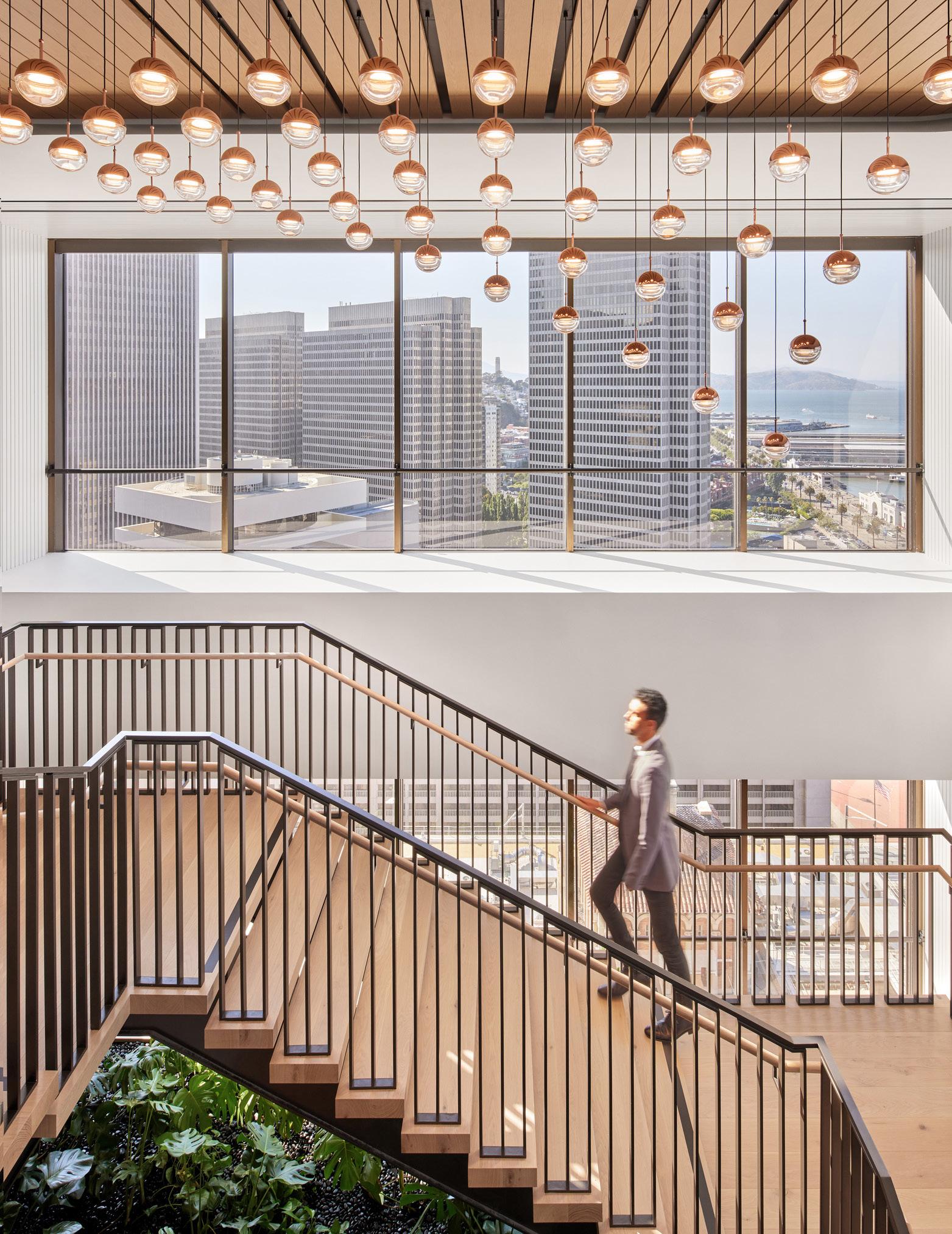
For more information, contact: kim.rousseau@perkinswill.com



 Image: Confidential Gaming Company, Vancouver, CA
Image: Confidential Gaming Company, Vancouver, CA




